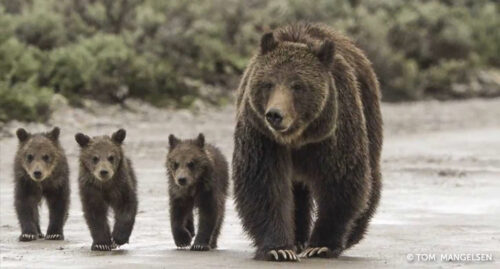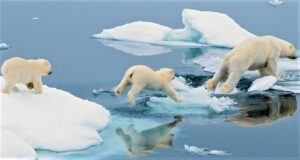Endangered Species…

Endangered Species. A Rant.
When I read the latest reports on the state of our Living Earth, well, I just have to Rant!
Is Humankind THAT stupid?
Okay, maybe not ALL of Humankind. There’s still you, me and our loved ones isn’t there?
But it sure seems that those all-powerful forces of Global Corporations backed by international banks and Big (and getting Bigger) Govs are winning! So-called conservative govs that are controlling our lives with a socialist glee, using our own hard-earned money against us. (Told you I had to Rant).
It just seems so simple to me: We must protect our Wilderness and its wildlife. Animal rights are essential. If we can find the heart to do THAT, then we can do all kinds of things wise and wonderful.
A recent report from the Stanford Woods Institute for the Environment declared the “loss and decline of animals is contributing to what appears to be the early days of the planet’s sixth mass biological extinction event.”
Ouch!
They call it “Anthropocene defaunation.” A long phrase with a very ugly meaning.
Endangered Species and More
“We tend to think about extinction as loss of a species from the face of Earth. And that’s very important. But there’s a loss of critical ecosystem functioning in which animals play a central role that we need to pay attention to as well.” So said Rodolfo Dirzo, lead author of the study.
“Ironically, we have long considered that defaunation is a cryptic phenomenon. I think we will end up with a situation that is non-cryptic. Because of the increasingly obvious consequences to the planet and to human wellbeing.”
While scientists have blamed those previous mass extinctions on volcanoes and asteroids, this one, my friend, is being caused by those bumbling, erratic primates who call themselves Humans. Hence, the “Anthropocene” (Age of Humans) part. Geologically, we’ve just arrived — doesn’t look like we’ll be around much longer, eh? You’ve already caught on to the “Defaunation” part. The deliberate mass slaughter of animals of all kinds.
They also reported that “animals such as gibbons, orangutans and various types of foxes, bears and rhinoceroses have been steadily disappearing from large, protected areas of land around the world.
“Where human density is high, you get high rates of defaunation, high incidence of rodents, and thus high levels of pathogens, which increases the risks of disease transmission,” continued Dirzo.
Their report also detailed a troubling trend in invertebrate defaunation: “Human population has doubled in the past 35 years. In the same period, the number of invertebrate animals – such as beetles, butterflies, spiders and worms – has decreased by 45%.
“As with larger animals, the loss is driven primarily by loss of habitat and global climate disruption, and could have trickle-up effects in our everyday lives.
“For instance, insects pollinate roughly 75% of the world’s food crops, an estimated 10% of the economic value of the world’s food supply. Insects also play a critical role in nutrient cycling and decomposing organic materials, which helps ensure ecosystem productivity. In the U S alone, the value of pest control by native predators is estimated at $4.5 billion annually.”
The report concludes: “Since the year 1500, more than 320 terrestrial vertebrates have become extinct. Populations of the remaining species show a 25% average decline in abundance. The situation is similarly dire for invertebrate animal life.”
Of course, there continues to be good news stories that give us some hope.
In Canada, it seems that our last surviving democratic institute is our Supreme Court.
In June, the Court awarded title to a piece of British Columbia’s Interior “roughly the size of Prince Edward Island” to the 3,000 member T’silhqot’in First Nation.
Chief Justice Beverley McLachlin concluded: “Aboriginal title means that governments and others seeking to use the land must obtain the consent of the aboriginal title holders…”

He added that “what is required is a culturally sensitive approach to sufficiency of occupation based on the dual perspectives of the aboriginal group in question. And the common law notion of possession as a basis for title.”
The First Nations continue to refer to their “Sacred Land.” Protecting that land for all time is culturally much more important to them than short-term “resource development.”
That love of the land, that love of all living creatures who share it with us, isn’t just a First Nations concept, of course.
Standing firm to protect the land we were born on, the land of our blood, the roots of our culture, is an ancient and powerful force. Those of us of Northern European ancestry know it also.
So do we all…
“Live Free, Mon Ami!” – Brian Alan Burhoe
SOURCE: http://news.stanford.edu/news/2014/july/sixth-mass-extinction-072414.html
UPDATE: April 12, 2023. Endangered Species 2023. To see the Latest Endangered Species List, from Vulnerable to Critically Endangered, visit WWF Endangered Species Directory












